The concept of humanity as an integral part of nature has underpinned the development of Hangzhou for millennia. Notable for its place in Chinese history and culture, Hangzhou is also a garden city endowed with hills and waters. It is the poetic ideal of a Chinese homeland that balances lakes with urban areas, and hills with city lanes.
The city pattern of Hangzhou is characterized by the integration of urban life with natural landscape.
It offers a fine example of how an ancient Eastern city was created.
The heart of Hangzhou is West Lake, which lies in the western part of the city. The urban district is located on the east side, and areas that are ecologically protected or dedicated to tourism and leisure are located on the city’s north, south, and west sides.
Water is ubiquitous in Hangzhou. West Lake, the Grand Canal, the Xixi Wetland, the Qiantang River, and the East China Sea have all shaped the land, and the moist climate makes Hangzhou a very pleasant place to live.
Striding into the 21st century, the city has implemented a plan that balances the protection of West Lake’s natural ecology with the development needs of the economy and urban life. Guided by this plan, the city has developed areas along the Qiantang River.



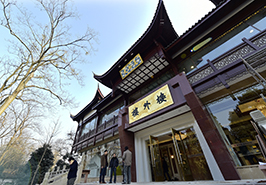









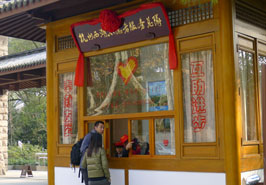

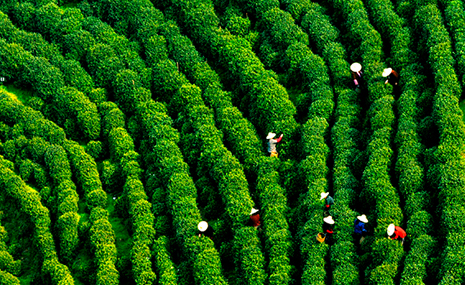 Tour G: The Charms of Tea
Tour G: The Charms of Tea Tour F: Intangible Heritage – Arts and Crafts
Tour F: Intangible Heritage – Arts and Crafts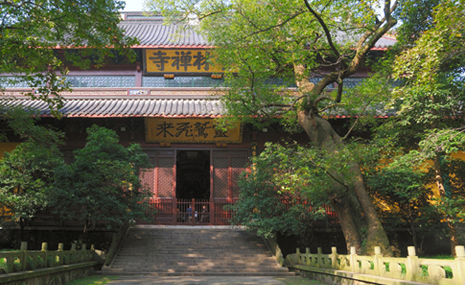 Tour E: Buddhism and Meditation
Tour E: Buddhism and Meditation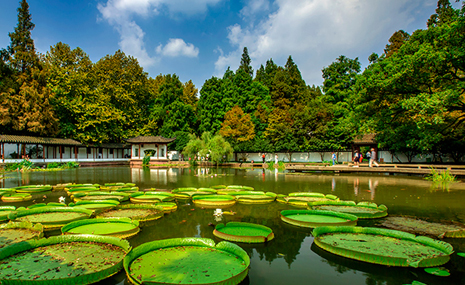 Tour D: Gardens and Architecture
Tour D: Gardens and Architecture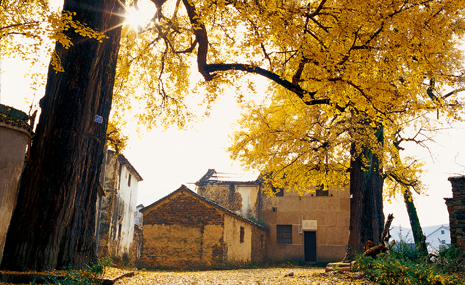 Tour C: South-of-Yangtze Towns and Villages
Tour C: South-of-Yangtze Towns and Villages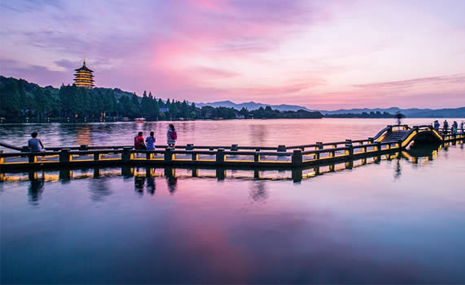 Tour A: Mountains and Waters
Tour A: Mountains and Waters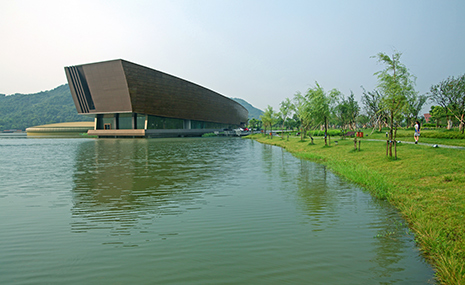 Tour N: Museum Wonders
Tour N: Museum Wonders Tour M: A Mission of Service
Tour M: A Mission of Service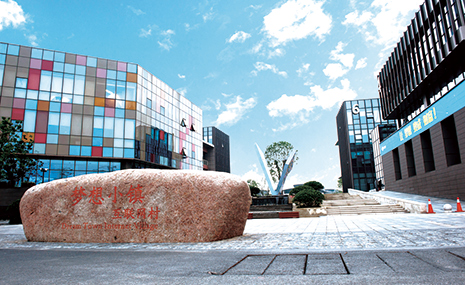 Tour L: Innovation and Entrepreneurship
Tour L: Innovation and Entrepreneurship Tour K: The Pleasure of Learning
Tour K: The Pleasure of Learning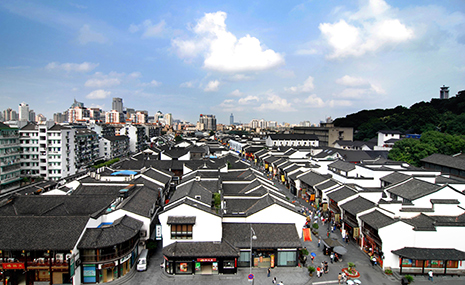 Tour J: Health and Fitness
Tour J: Health and Fitness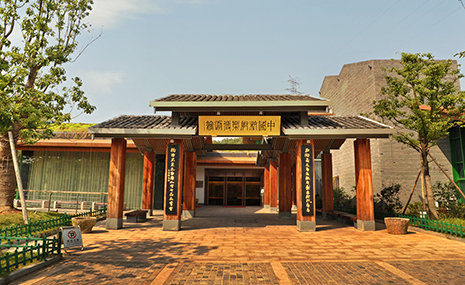 Tour I: A Bite of Hangzhou Gourmet
Tour I: A Bite of Hangzhou Gourmet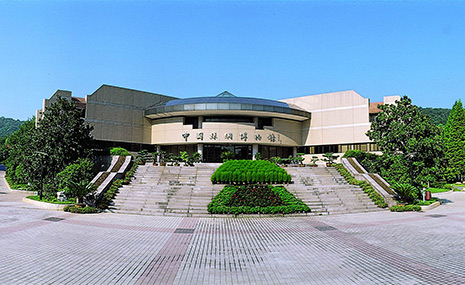 Tour H: Silk Capital
Tour H: Silk Capital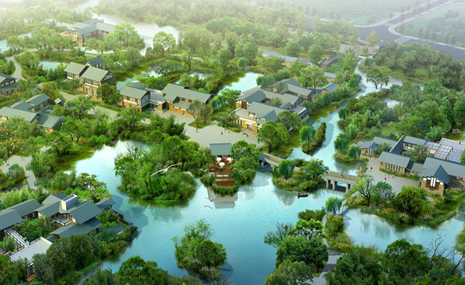 Tour B: Beautiful Home
Tour B: Beautiful Home